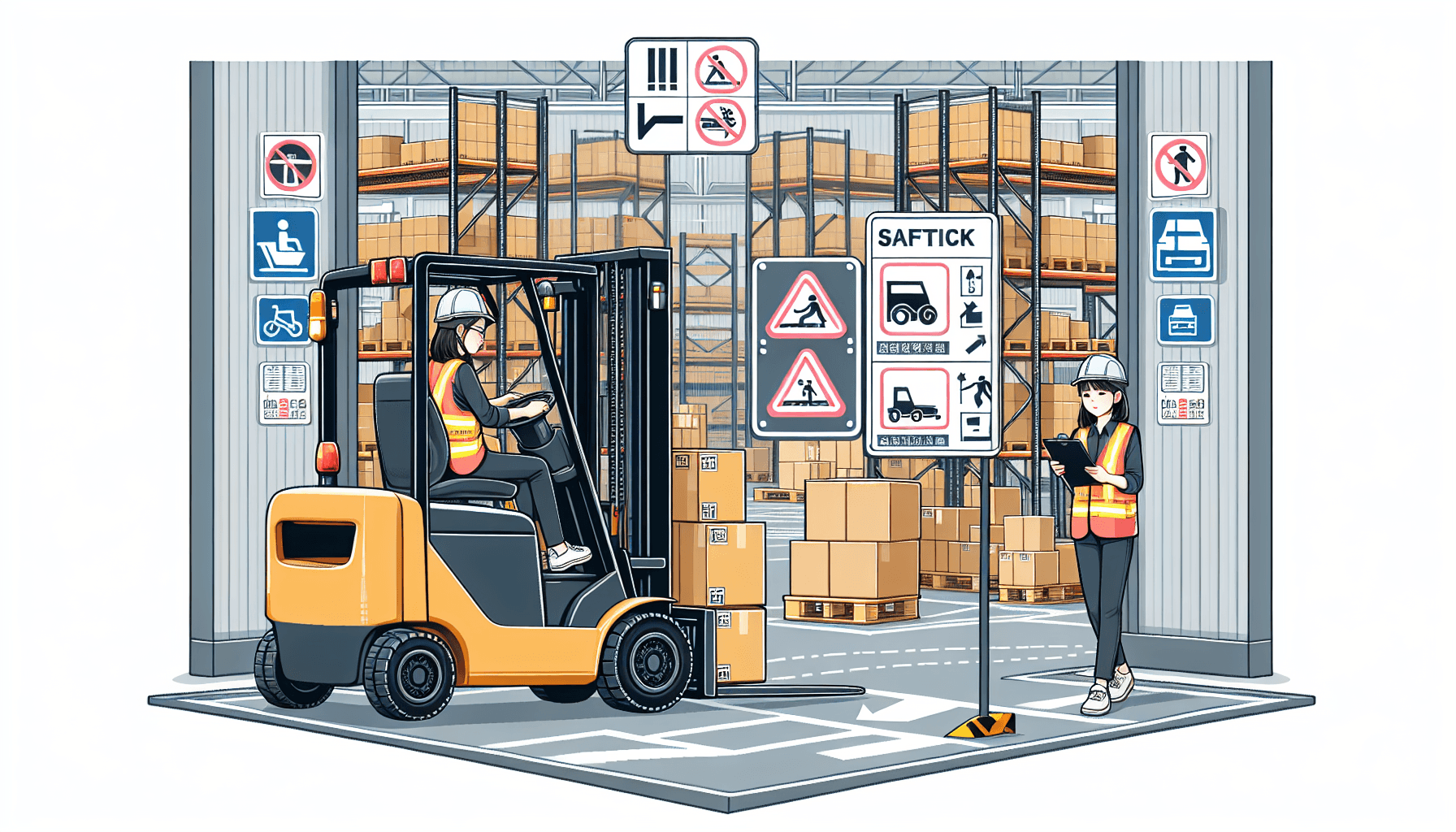When it comes to warehousing operations, safety should always be a top priority. With the use of forklifts being an integral part of distribution centers, it is crucial to take proactive measures to improve forklift safety. By implementing effective strategies, companies can minimize the risk of accidents and ensure the well-being of both employees and equipment. In this article, we will discuss some practical tips to enhance forklift safety in distribution centers.
1. Provide Proper Training
One of the key factors in improving forklift safety is ensuring that all operators receive comprehensive training. Proper training should cover the safe operation of forklifts, including maneuvering, lifting, and stacking techniques. Operators should also be familiarized with the importance of following safety protocols, such as wearing seatbelts, using horns, and staying within designated areas.
It is essential to conduct regular training sessions and refresher courses to reinforce safe practices and address any new updates or regulations. Companies can also consider providing certifications for forklift operators, ensuring they have the necessary knowledge and skills to operate the equipment safely.
2. Regular Equipment Maintenance
Well-maintained forklifts play a significant role in ensuring safety within distribution centers. Regular maintenance checks should be performed to identify and address any mechanical issues or potential hazards. This includes inspecting brakes, tires, hydraulics, and electrical components.
Creating a preventive maintenance schedule and adhering to it helps prevent unexpected breakdowns and ensures that forklifts are in optimal working condition. Companies should also keep a record of maintenance activities and promptly address any identified issues to prevent them from escalating into safety hazards.
3. Implement Safety Protocols
Establishing clear safety protocols and procedures is essential for creating a safe working environment. This can include guidelines for speed limits, traffic flow, proper loading and unloading practices, and equipment handling. Companies should regularly communicate and reinforce these protocols to employees through training sessions, signage, and safety meetings.
Creating designated pedestrian areas, separate from forklift traffic, can also help reduce the risk of accidents. Implementing barriers, such as guardrails or floor markings, can provide visual cues and help guide both pedestrians and forklift operators.
4. Use Technology to Enhance Safety
Advancements in technology have enabled the development of various tools and systems that can improve forklift safety. One such tool is proximity detection systems, which use sensors to detect the presence of pedestrians or obstacles near the forklift. These systems can alert the operator and even apply brakes automatically to prevent collisions.
Another technology that can enhance safety is forklift telemetry systems. These systems provide real-time monitoring of forklift operations, including speed, usage patterns, and potential safety violations. By analyzing the data gathered, companies can identify areas for improvement and implement measures to mitigate risks.
5. Regular Safety Audits and Evaluations
Regular safety audits and evaluations are vital to assess the effectiveness of existing safety measures and identify any gaps or areas that need improvement. These audits can involve checking compliance with safety protocols, inspecting equipment, and conducting interviews with forklift operators and other employees.
Consider partnering with a prominent provider of warehouse optimization solutions like HCO Innovations, who can offer a comprehensive warehouse safety evaluation. They can help identify potential hazards and provide recommendations to enhance safety within the distribution center. You can learn more about their warehouse safety evaluation services here.
Conclusion
Improving forklift safety in distribution centers is a crucial responsibility for companies. By providing proper training, conducting regular equipment maintenance, implementing safety protocols, using technology, and conducting regular safety audits, companies can significantly reduce the risk of accidents and create a safer working environment for everyone involved. Prioritizing forklift safety not only protects employees and equipment but also enhances overall productivity and efficiency within the warehouse operations.

